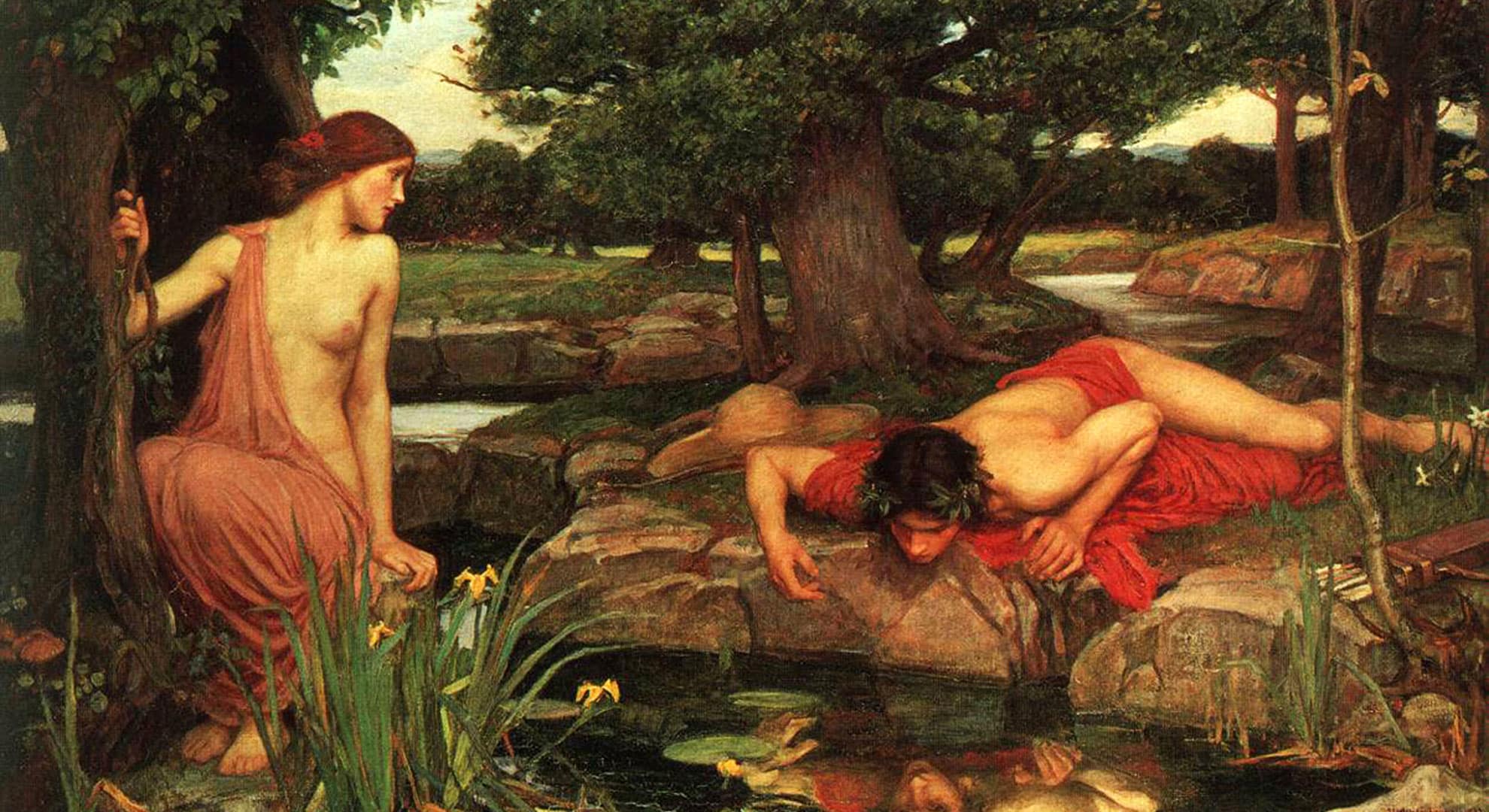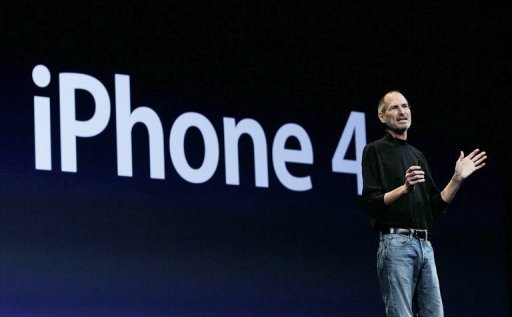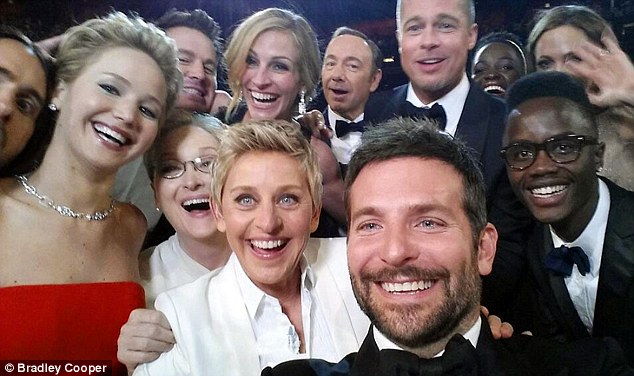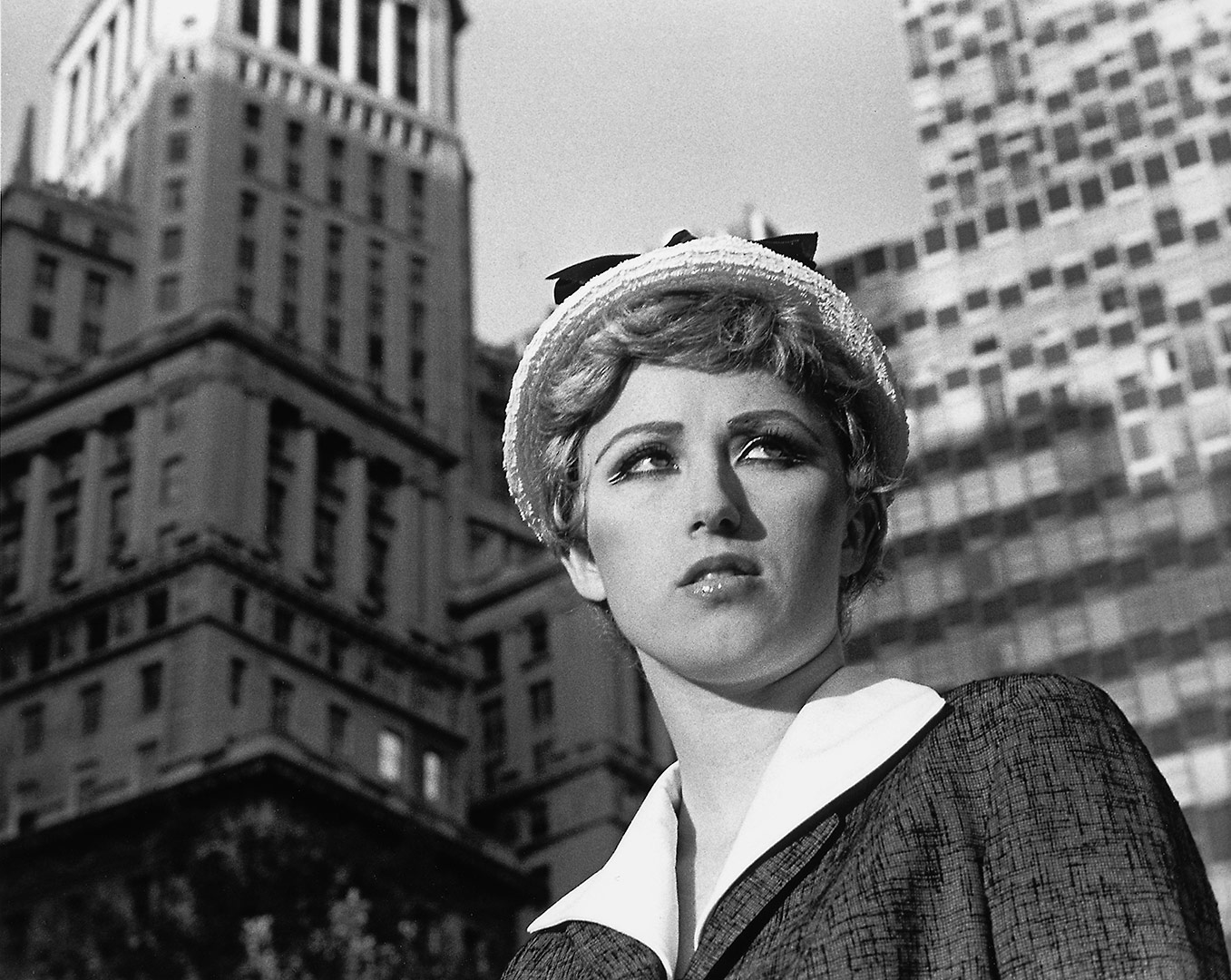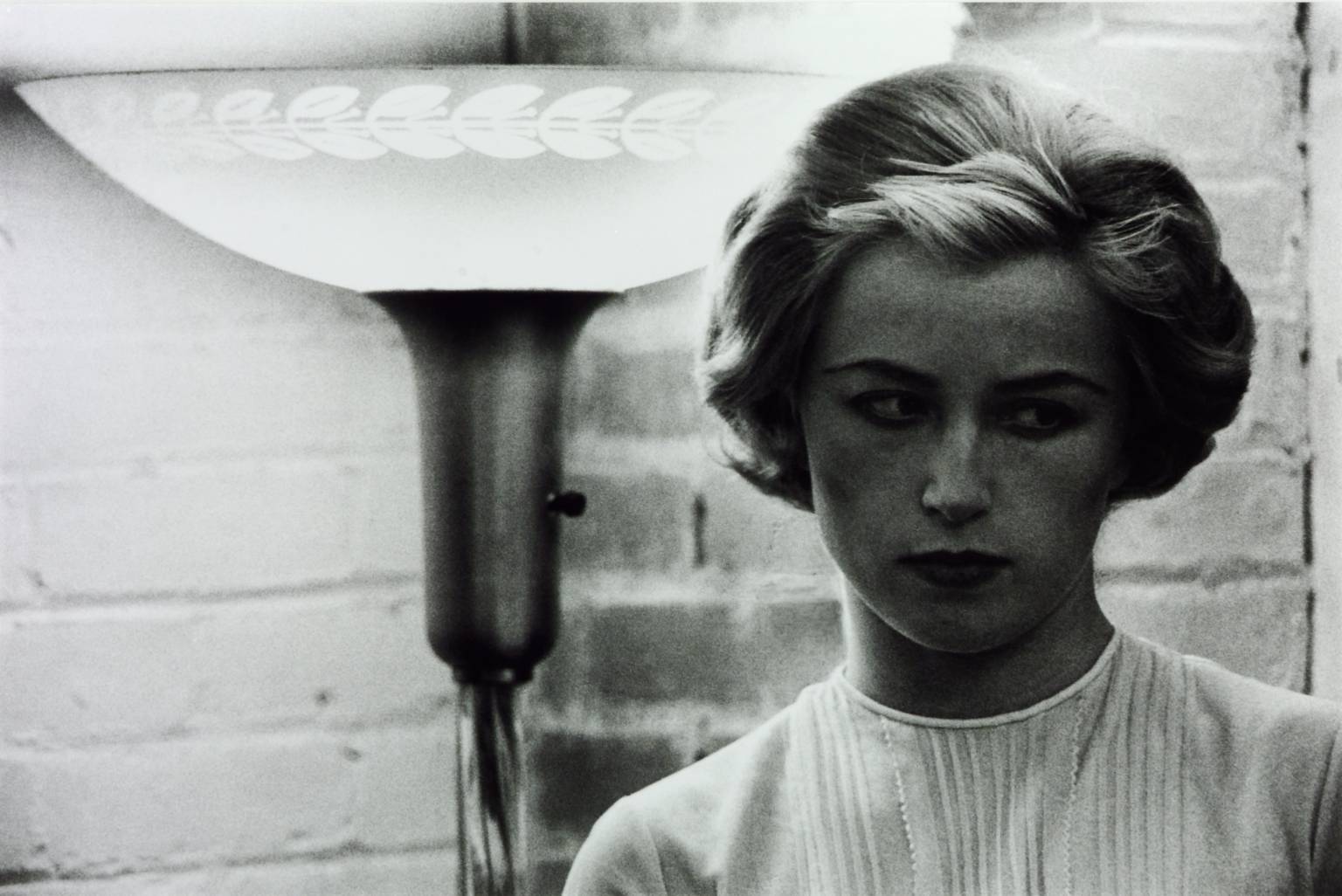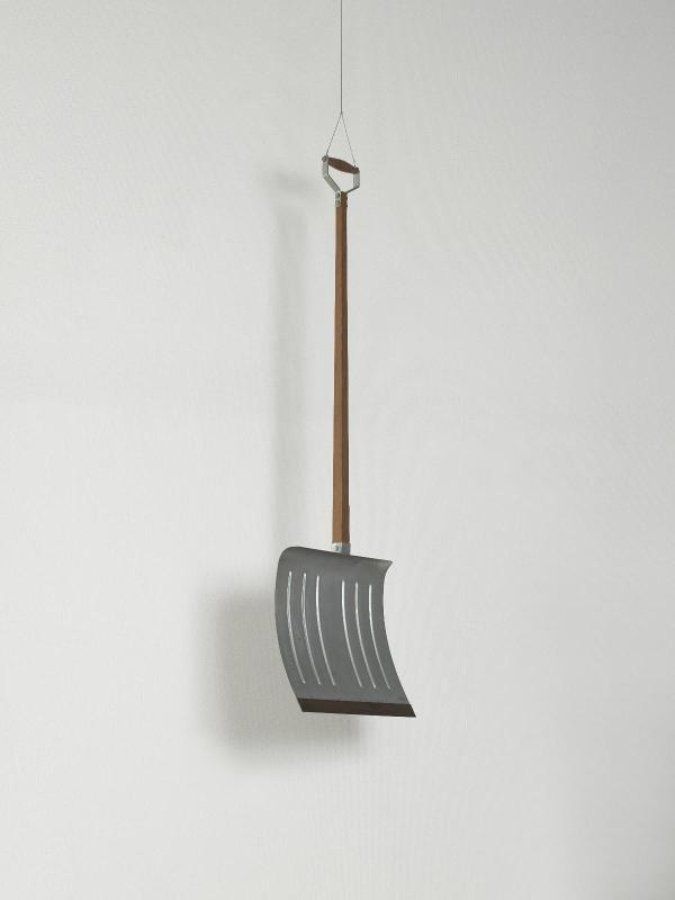How To Take A Selfie
We’ve all seen them, maybe you’re one of them. One of the thousands extending their arms, phones in hand, and snapping pictures of themselves at every turn, sometimes in the most precarious of places.
If I’m honest, in the past it’s annoyed me. Going to a gallery and seeing my attention shift from the artwork and toward people moving from piece to piece, fluffing their hair and posing the obligatory pout before snapping away; barely even looking at the artwork, as though the gallery experience was nothing more than a marketing opportunity for the cult of themselves.
On the surface, it’s so narcissistic. To see an admirable piece of artwork and conclude “how can I make this masterpiece more about me?”. And from the outside looking in, I haven’t been alone in this snap assumption. CNN commentator Roy Peter Clarke stated… “Maybe the connotation of selfie should be selfish: self-absorbed, narcissistic, the center of our own universe, a hall of mirrors in which each reflection is our own”. Novelist Stephen Marche progressed on the thought in Esquire, claiming… “The selfie is the masturbation of self-image, and I mean that entirely as a compliment. It gives control. It gives release”.
But as Nicholas Mirzoeff discusses in his book ‘How to See The Word’, it is almost the opposite of self-obsession. Narcissus never stopped looking at his own reflection in the pool beneath him. Selfie culture, on the other hand, is directly linked with social media and sharing content.
Echo and Narcissus – John William Waterhouse (1903)
These young, urban, globalised teens aren’t hoarding mass photo quantities of themselves to flick through each night before bed, they are taken, soon to be shared with friends, family, strangers, anyone who can offer them a feeling of acceptance and end the loneliness which forever floats above their heads.
The selfie is deeply social. When we look into the mechanics of what makes a selfie, ‘A Selfie’, we can see a string of commonalities between them which let other people know our role, how we want to be seen, and our values as an individual.
Of course, the selfie is not entirely new. The selfie is essentially a new take on the very familiar self-portrait. Like the self-portrait, the selfie is essentially the same action of telegraphing your status out to the world. But, where the selfie is different from traditional self-portraiture, is in its proliferation.
Unlike the self-portrait, the selfie is possible to anyone with a smartphone, and according to Google, by mid-2014, 93 million selfies were being uploaded worldwide every day – that’s 30 billion a year; officially making the selfie, “the visual signature of the new era” (Nicholas Mirzoeff) and earning a place in the Oxford English Dictionary and 2013’s word of the year.
How To Take ‘A Selfie’
Step One: It has to be on a smartphone
It just does. I mean, you may get away taking a selfie with a stand-alone camera, but that’s sort of like eating an entire four-person Tiramisu to yourself – it’s not how it’s intended, and it’s just plain wrong. After all, the selfie only really took off following the release of the iPhone 4 in 2010. The iPhone 4, along with other competing smartphones of the time featured the most usable, good-quality front-facing cameras. Not only this, but the internet at this point was in full bloom; allowing smartphones to have fast, usable internet upload speeds; giving people the ability to share photos of themselves in front of The Eiffel Tower, The Statue of Liberty or their auntie’s dog almost instantly, and more importantly, with intuitive ease.
Steve Jobs Presenting the iPhone 4 (2010)
Previously, during the “Myspace Era” (aka, the dark ages), it was common to see self-portraits in mirrors, capturing the camera, the flash, and your Mother’s Laura Ashley curtains behind. People weren’t as in control of the image as they wished, it was hardly portable, inconveniently connected, and barely higher than 72-pixel resolution.
Of course, it was better than nothing. Earlier than this, camera technology was too expensive for young people to own and play around with, and sharing your work to the mass scale we see today just wasn’t possible for the everyday Tom, Dick, and Harry. A self-portrait was still in the realm of the self-proclaimed ‘artist’, someone serious about emoting very specific feelings with their work, having a real purpose and to stand the test of time. It wasn’t boiled down to a “readymade” Instagram filter that anyone could just slap on a picture for immediate upload.
Additionally, the selfie keeps on evolving and it evolves on the smartphone environment. In recent years, AR (Augmented Reality) has become available to anyone with a fast smartphone. With this we can not only select filters which have been predetermined for us, but a plethora of digital hats, moustaches, glasses, effects which make your skin glow, your lips bigger, your wrinkles disappear, and your eyes larger – the doors are open for anyone and everyone to play, create, and discover other peoples creations and make them their own by putting them directly on their face – further adding to the vocabulary of the selfie.
Step Two: It has to be at arm’s length
To position the phone at arm’s length you invariably position your body out of the frame. This subtle yet important visual signal suggests that you are the medium, your smartphone proving an appendage to your own biology, that you are connected to the social network at arm’s length and you belong to a tribe of globalised, fun, 21st-century people. Congratulations.
Think about it, to use a remote shot and tripod creates distance between you and the medium, and the medium is integral to the selfie. In the selfie, the device that is taking the picture needs to be suggested to in the shot – it adds an intimacy rather than the voyeurism of a spectator photo, and you claim direct authorship of the selfie taken – and as discussed in step one, the smartphone is part and parcel of all this, not just for the camera but for the connectivity and the fast ability to share.
Oscars Selfie. 2014. Photograph by Bradley Cooper
Step Three: Composition
It’s best if the shot is positioned to look downward with the subject looking up. There are, of course, no rules, but this seems to be the prevailing preference for all selfies taken. This ‘Gaze’ (the dominant way of seeing) tells us a lot about a medium.
In 1975, Laura Mulvey coined the expression ‘The Male Gaze’ in her study of classic Hollywood cinema. Mulvey understood that ‘a gaze’ is part of cinema which is not only that of the actors but also part of the medium of cinema itself.
For example, in classic Hollywood cinema (and very much today), the man’s role in the film is the active one forwarding the story. Laura Mulvey explains, the male “controls the film fantasy and also emerges as the representative of power in a further sense: as the bearer of the look of the spectator”. As a result, men watch the film through the eyes of the male hero and woman are obliged to the same.
We can see and analyse this in action through the work of Cindy Sherman’s ‘Untitled Film Stills’ (1977–80). In this photo series, Sherman set out to explore how we create ourselves and create our gender but in response to how the media has portrayed women as passive objects for male desire propagated through Hollywood press photos.
Untitled Film Still #17 1978 – Cindy Sherman
By freezing the film frame and looking deeper into how this image is composed we are forced to think precisely how we are looking at the subject. Looking at the first example on top, we can see how despite the subject’s powerful position above us, there is an uncertainty and anxiety in her expression, a paranoia, a lack of confidence. The buildings dizzyingly surround us, making us feel claustrophobic and weak in the environment.
Untitled Film Still #53 1980 – Cindy Sherman
Off center and fighting for attention with a lamp, the lamp is clearly a more domineering subject than the female. With her neck weakly bent and a darkness cast over her face from the light behind, the female subject yonders her attention to something just out of our view, avoiding what would otherwise be assertive eye contact.
So, what do the general compositions of the selfie tell us? Selfies are always close-up, highlight the individual beauty, and there’s often (not always) something of positive emotional valence in the backdrop. What is said by some as “The Male Gaze gone viral” (Ben Agger, Sociology Professor) is in response to the clear selfie obsession with individual beauty. Though we know nowadays that women dress as much for other women than they do for men, we all dress in ways in which we are likely to be accepted into a desirable social group or tribe, whether we think of ourselves as a business executive, a beatnik, or an acid house raver, there’s jacket and shoes for each performance – which brings me on to…
Step Four: It’s all performance
Jostle the hair, tilt the head at a slight angle, and make that all-important ‘Duck Face’. In this step it is important to ‘Perform’. It is important to know what values you wish to telegraph out to your network and to let everyone know who “you” are. Each selfie is a performance of a person as they hope to be seen by others – it’s when ordinary people take over the role of the artist to make themselves their own ‘hero’.
Ultimately, the selfie is a version of the self-portrait, and more specifically, a self-portrait of the artist-as-hero. But it wasn’t always that the artist was seen as a hero or even a genius. When the old monarchies started to collapse between 1776–1917, there was a slow bloom in visual language. Across this era, we saw dramatic innovations like lithography, portraiture, methods of photography, and self-portraits.
Up until this moment, the general population might have only seen images in a church, on coins, or passing a statue on common routes to work. But in the mid-nineteenth century, there were entire museums of art; illustrated newspapers and photographic postcards could be bought cheaply.
New ways of living began to take hold and visually represented, and as a result, the artist began to take on the title of ‘genius’. From here, the artist became relevant to the pieces they’d create. The artist started to take on some of the aurae of the royalty they represented. So, naturally, when the artist made a self-portrait, they then became the subject of awe and intrigue.
Above, are two separate, but very similar paintings by Élizabeth Vigée-Lebrun. The painting on the left is a portrait of the French Queen, Marie-Antoinette. This portrait caused a scandal in its time for depicting a royal in such informality. The picture on the right, however, is a self-portrait of the artist and her daughter. Equally scandalous, and equally similar in style, this self-portrait lifts an ordinary woman up to heights usually reserved for the Virgin Mary. The line of hero and artist start to converge into the same spotlight. The artist has now become the hero.
The Desperate Man (self-portrait) – Gustave Courbet
The Wounded Man (self-portrait) – Gustave Courbet
For Gustave Courbet (above) among others, the artist was the hero who created the events depicted, fiction or non-fiction. The selfie is very much in this vein. No matter where you are, what you are going through, or who is present, the moment of taking a selfie is a moment of creation, not just the creation of a photograph but the creation of “you”. A performance.
Of course, it’s all well and good the artists being heroes and all, but ordinary people were still ordinary, believing they could never reach the status of the ‘genius artist’ and never thought it was possible for them to create a stirring self-portrait.
In the 1920’s, Marcel Duchamp was a prime example of a postmodern-modern artist. Questioning the certainties of what modernism had to offer, Marcel Duchamp’s “Readymades” were blurring the line between the artist and consumer and starting an important narrative on what art is or could be.
In Advance of A Broken Arm – Marcel Duchamp (1915)
The fact that it’s a hanging snow shovel is one thing, but the fact that the snow shovel is exactly the same snow shovel that anyone could buy from their local Walmart is another thing entirely. The artist calls their art, ‘art’, and who is the artist but anyone who declares him or herself an ‘artist‘? From here, the artist is no longer ‘the hero’. From here, the art is created entirely outside of what is visible for an engagement that is open to all. And it’s today, with the ubiquity of the smartphone and seamlessly fast internet, the doors to take part in self-portrait are wide open too.
So Why The Selfie
Like every shift in the way we use visual media, the inception comes from a long history of technological, political, and societal changes. It’s all connected and we’re in the middle of it. The interest here lies not in the platform used but in the development of a new visual conversation medium – and it’s happening with phones that are being used less and less for verbal exchange and more and more for visual exchange. It’s exciting.
Our social networks are escalating the visual element of our connections and moving past speech. We are starting to see the digital performance of the self, becoming the actual conversation. And because this conversation is fast, frequent, and visual, and playing on the long familiarity of the self-portrait, it’s very likely that the selfie in one form or another is going to shape how we see people for a long time.
